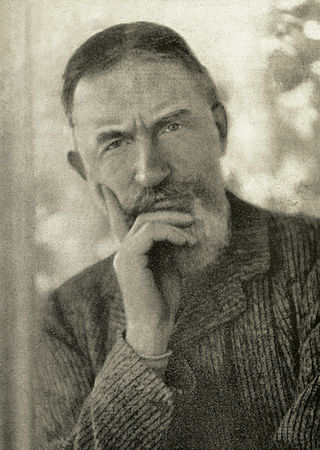
George Bernard Shaw, known at his insistence as Bernard Shaw, was an Irish playwright, critic, polemicist and political activist. His influence on Western theatre, culture and politics extended from the 1880s to his death and beyond. He wrote more than sixty plays, including major works such as Man and Superman (1902), Pygmalion (1913) and Saint Joan (1923). With a range incorporating both contemporary satire and historical allegory, Shaw became the leading dramatist of his generation, and in 1925 was awarded the Nobel Prize in Literature.
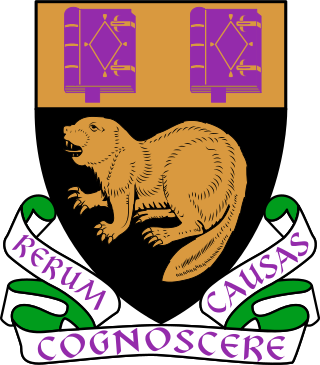
The London School of Economics and Political Science (LSE) is a public research university in London, England, and a member institution of the University of London. Founded in 1895 by Fabian Society members Sidney Webb, Beatrice Webb, Graham Wallas, and George Bernard Shaw, LSE joined the University of London in 1900 and established its first degree courses under the auspices of the university in 1901. LSE began awarding its degrees in its own name in 2008, prior to which it awarded degrees of the University of London. It became a university in its own right within the University of London in 2022.

Sidney James Webb, 1st Baron Passfield, was a British socialist, economist and reformer, who co-founded the London School of Economics. He was an early member of the Fabian Society in 1884, joining, like George Bernard Shaw, three months after its inception. Along with his wife Beatrice Webb and with Annie Besant, Graham Wallas, Edward R. Pease, Hubert Bland and Sydney Olivier, Shaw and Webb turned the Fabian Society into the pre-eminent politico-intellectual society in Edwardian England. He wrote the original, pro-nationalisation Clause IV for the British Labour Party.
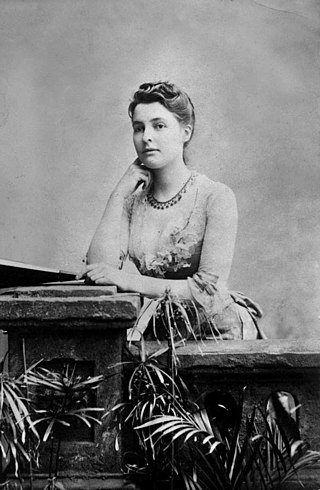
Martha Beatrice Webb, Baroness Passfield, was an English sociologist, economist, socialist, labour historian and social reformer. It was Webb who coined the term "collective bargaining". She was among the founders of the London School of Economics and played a crucial role in forming the Fabian Society.

William Henry Beveridge, 1st Baron Beveridge, was a British economist and Liberal politician who was a progressive and social reformer who played a central role in designing the British welfare state. His 1942 report Social Insurance and Allied Services served as the basis for the welfare state put in place by the Labour government elected in 1945.
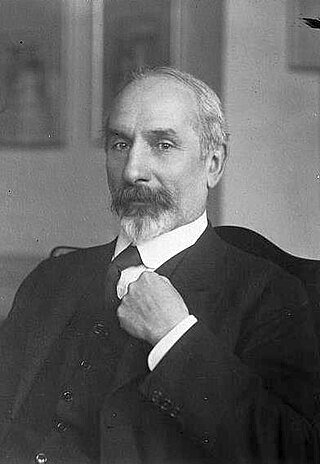
Sydney Haldane Olivier, 1st Baron Olivier, was a British civil servant. A Fabian and a member of the Labour Party, he served as Governor of Jamaica and as Secretary of State for India in the first government of Ramsay MacDonald. He was the uncle of the actor Laurence Olivier.

Edward Reynolds Pease was an English writer and a founding member of the Fabian Society.

Graham Wallas was an English socialist, social psychologist, educationalist, a leader of the Fabian Society and a co-founder of the London School of Economics.
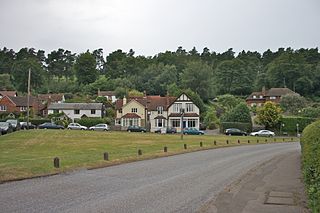
Holmbury St Mary is a village in Surrey, England centered on shallow upper slopes of the Greensand Ridge. Its developed area is a nucleated village, 4.5 miles (7 km) southwest of Dorking and 8 miles (13 km) southeast of Guildford. Most of the village is in the borough of Guildford, within Shere civil parish. Much of the east side of the village street is in the district of Mole Valley, within Abinger civil parish.

Charlotte Mary Wilson was an English Fabian and anarchist who co-founded Freedom newspaper in 1886 with Peter Kropotkin, and edited, published, and largely financed it during its first decade. She remained editor of Freedom until 1895.
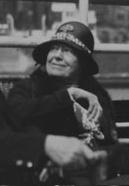
Charlotte Frances Payne-Townshend was an Irish political activist in Britain. She was a member of the Fabian Society and was dedicated to the struggle for women's rights. She married the playwright George Bernard Shaw.

The Fabian Society is a British socialist organisation whose purpose is to advance the principles of social democracy and democratic socialism via gradualist and reformist effort in democracies, rather than by revolutionary overthrow. The Fabian Society was also historically related to radicalism, a left-wing liberal tradition.
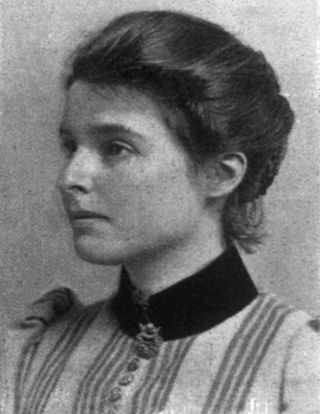
The history of the London School of Economics dates from 1895, when the School was founded by Fabian Society members Sidney and Beatrice Webb, Graham Wallas, and George Bernard Shaw, with funding provided by private philanthropy, including a bequest of £20,000 from Henry Hunt Hutchinson to the Fabian Society.
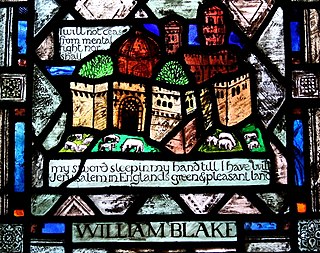
Caroline Charlotte Townshend (1878–1944) was a British stained glass artist of the Arts and Crafts Movement. She trained at Slade School of Fine Art and Central School of Arts and Crafts before becoming a pupil of Christopher Whall. She designed and made many stained glass windows, particularly for churches and cathedrals and set up the stained glass firm of Townshend and Howson in 1920 with her student and apprentice, Joan Howson. They used a dual signature for their completed works.
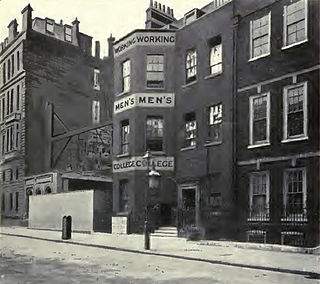
Frank Wallace Galton, sometimes known as Frank Wallis Galton, was an English political writer and journalist who was secretary to Sidney and Beatrice Webb and later to the Fabian Society. In 1929, he was appointed to the Royal Commission on Transport.
Bertha Newcombe was an English artist and suffrage activist.

The Shaw Library, or the Founder's Room, is a general-purpose library and a common room at the London School of Economics and Political Science. Located on the sixth floor of the Old Building, the library is accessible to all members of the university. It was founded by and named after Charlotte Payne-Townshend Shaw, wife of the playwright George Bernard Shaw.
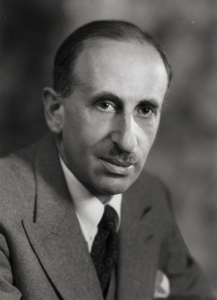
William Alexander Robson was a British academic who was an early and influential scholar of public administration while serving as a lecturer and professor at the London School of Economics. Upon his death, The Guardian wrote that Robson was an "internationally renowned authority on public administration". Indeed, Robson played a key role in establishing public administration as an academic subject.
There are 45 local Fabian societies in the United Kingdom, aiming to bring Fabian Society debates to communities around the country. Some have continuously existed since the 1890s to the present day.

















